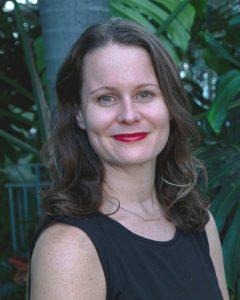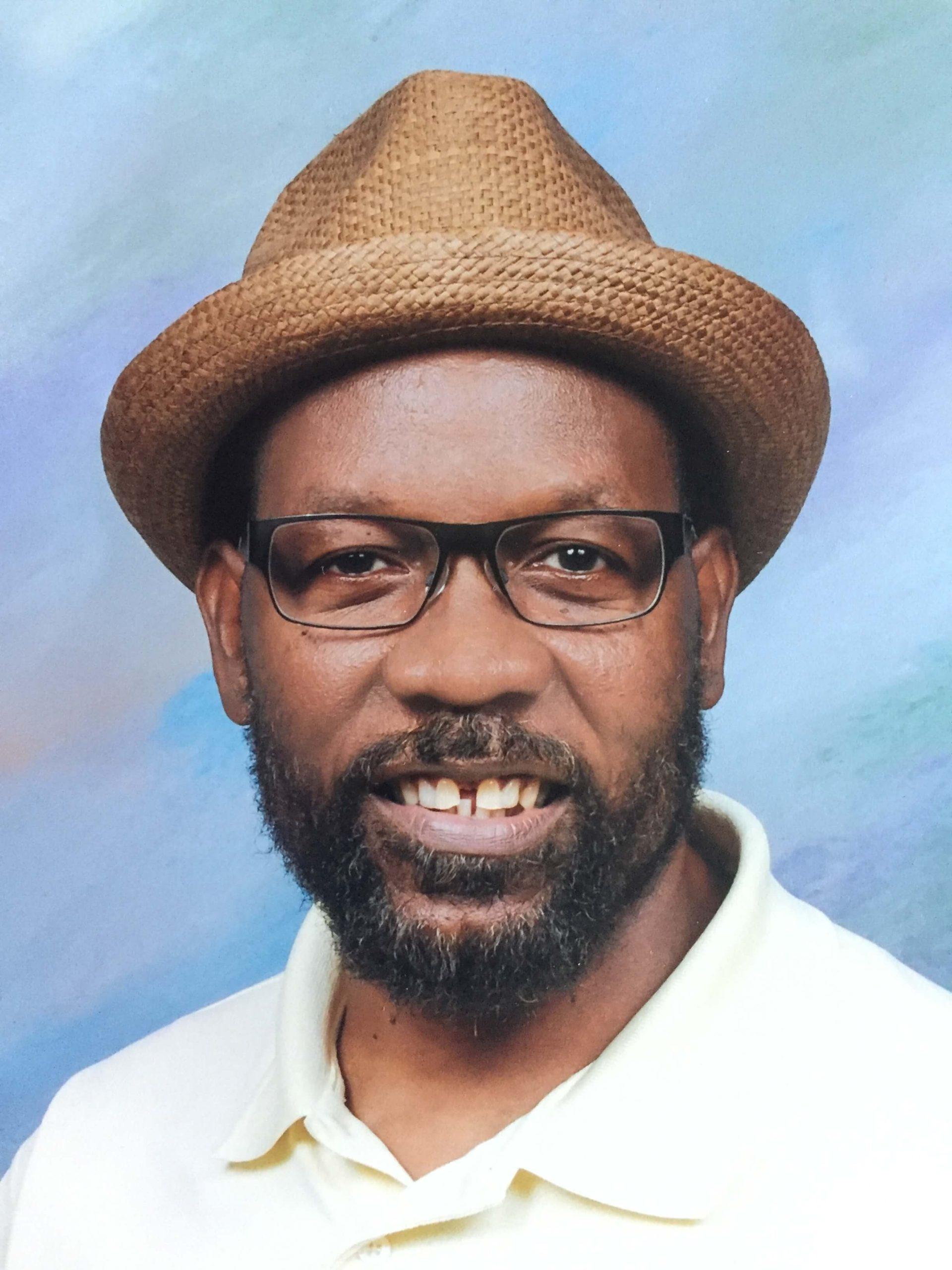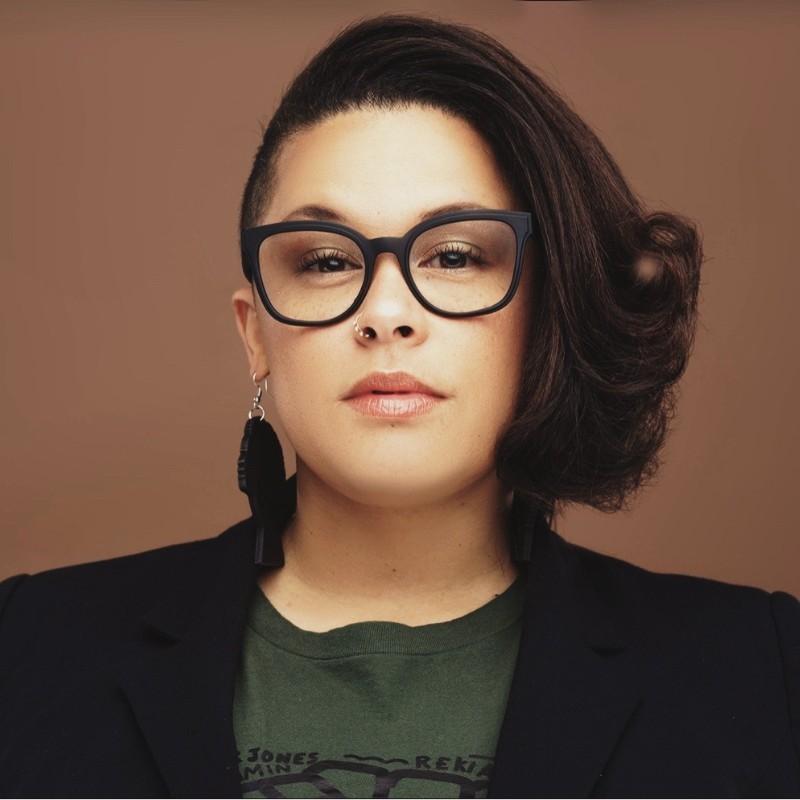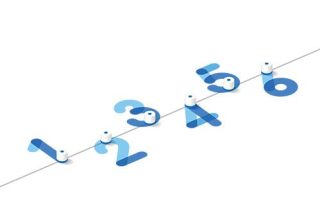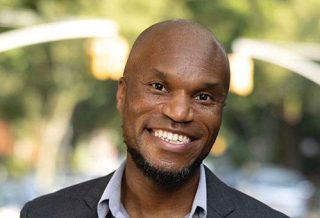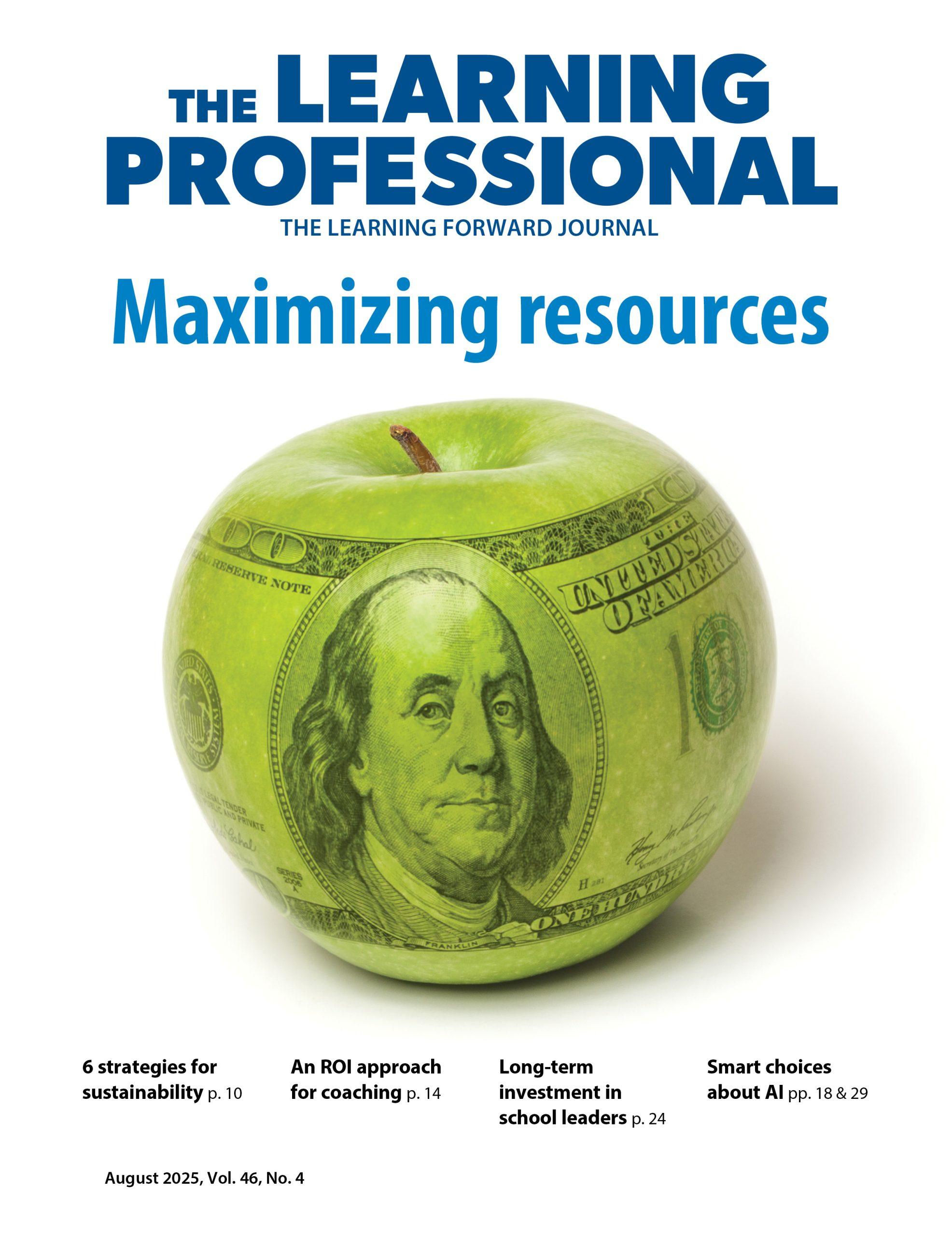FOCUS
Math teachers test responsive practices in real time: ONLINE EXCLUSIVE
By Kara McElvaine, Charles Collingwood, Katie Kunkel, Crystal Watson and Shay Bluemer-Miroite
Categories: Continuous improvement, Data, Improvement science/networks, Reaching all students, Social & emotional learningApril 2023
Read the remaining content with membership access. Join or log in below to continue.
Sed ut perspiciatis unde omnis iste natus error sit voluptatem accusantium doloremque laudantium, totam rem aperiam, eaque ipsa quae ab illo inventore veritatis et quasi architecto beatae vitae dicta sunt explicabo. Nemo enim ipsam voluptatem quia voluptas sit aspernatur aut odit aut fugit, sed quia consequuntur magni dolores eos qui ratione voluptatem sequi nesciunt. Neque porro quisquam est, qui dolorem ipsum quia dolor sit amet, consectetur, adipisci velit, sed quia non numquam eius modi tempora incidunt ut labore et dolore magnam aliquam quaerat voluptatem.
References
Beechum, N.W. (2020). Expanding visions of success in mathematics for marginalized students. Student Experience Research Network. studentexperiencenetwork.org/wp-content/uploads/2020/06/Williams-Beechum-Expanding-Visions.pdf
Rogers, E. (2003). Diffusion of innovation (5th ed.). Free Press.
Categories: Continuous improvement, Data, Improvement science/networks, Reaching all students, Social & emotional learning
Recent Issues
MEASURING LEARNING
June 2025
To know if your professional learning is successful, measure educators’...
NAVIGATING NEW ROLES
April 2025
Whether you’re new to your role or supporting others who are new,...
LEARNING DESIGNS
February 2025
How we learn influences what we learn. This issue shares essential...
BUILDING BRIDGES
December 2024
Students benefit when educators bridge the continuum of professional...



